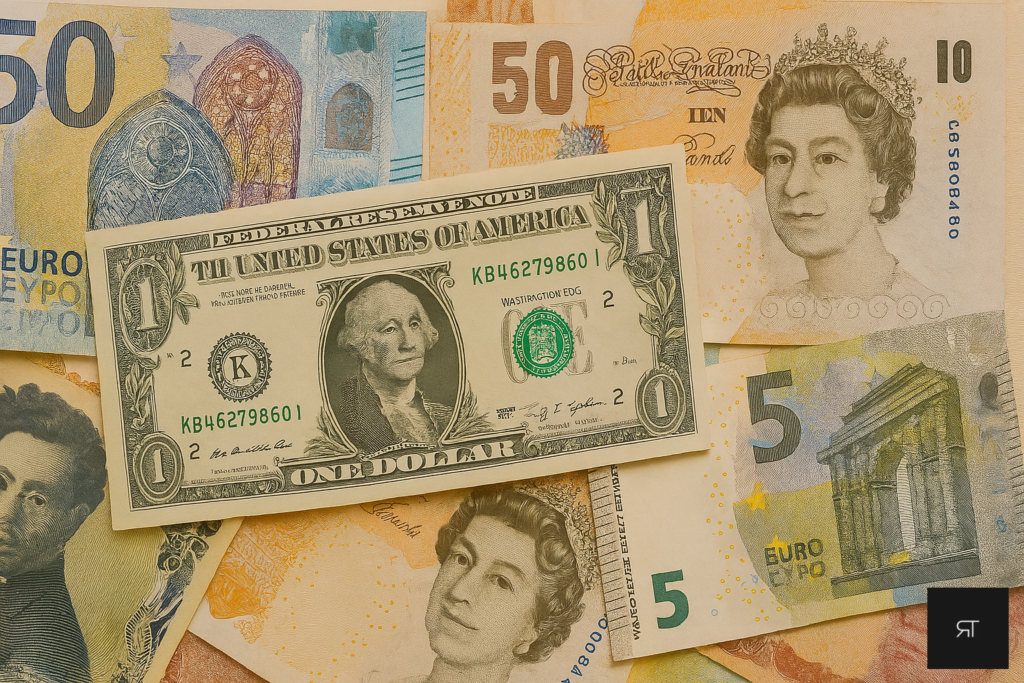It’s a strange phenomenon. Americans keep buying Mercedes cars and other expensive items—even though they can’t actually afford them. Normally, a country that does that would be in serious trouble. But we lend them the money to buy those things. What’s going on here?

Trade Deficit
America has been living beyond its means for decades. They buy far more than they produce, and that gap is filled with imports. Last year, Americans bought over $1.2 trillion more from abroad than they sold abroad. That’s more than the Netherlands produces and consumes in a whole year. And they’re buying on credit—Europe or China lends them the money for those Mercedes cars and other goods.
Budget Deficit
It’s not just trade that shows a big deficit; government spending is also way out of balance. Last year, the budget deficit was $1.8 trillion, or 6 percent of GDP. The government structurally spends more than it takes in. Many developing countries are doing better financially than the U.S.
Normally, a country with such deficits would face a huge problem. Financiers would demand high interest rates for loans—if they’re willing to lend at all. That forces a country to make painful choices to fix its deficits.
Many developing countries are doing better financially than the U.S.
Greece
Take Greece ten years ago. The country had major deficits. To fix them, they had to slash government spending, which mostly hurt the public. Thousands of civil servants lost their jobs, and wages dropped sharply so they could become competitive with foreign countries again. For Greeks, no more new Mercedes—only second-hand Dacias.
But the U.S. has no problem financing its deficits. In fact, we’re lining up to lend them money. While Greece saw interest rates on new government bonds spike to 35 percent, the U.S. borrows at just 2 to 4 percent.
The Secret
There’s no talk of painful measures in the U.S. On the contrary, the government—recently with Congress’s approval—raised the debt ceiling again. So the state can borrow even more. Elon Musk might be laying off millions of civil servants, but not as a government spending cut. That money is meant for tax cuts, which means less income for the government.
So what’s America’s secret? How can they rack up debt for decades without serious consequences? The answer: the dollar.
This requires some explanation. The U.S. dollar is the world’s dominant currency. The vast majority of international trade transactions are settled in dollars—just think of the oil trade. As global trade grows, so does the demand for dollars. That demand helps the dollar maintain its value. This is a major reason why investors and countries keep investing in the U.S.
That’s why the U.S. can borrow at low interest rates despite its large deficit—unlike Greece, which had to offer sky-high rates.
Mountains of Dollars
Because many countries have trade surpluses with the U.S., they end up with large reserves of dollars. They reinvest those dollars in the U.S., buying U.S. government bonds—called treasuries. These treasuries are considered the safest government bonds in the world. And the market is enormous.
So you can always sell those bonds if you need dollars, or buy them if you have dollars to spare. The euro or the Chinese yuan offer nothing similar and thus can’t compete with the dollar.
There’s something ironic about it. The fact that Americans have such a massive and growing mountain of debt actually makes the dollar strong. And the dollar’s dominant position seems untouchable—there are no credible alternatives to the American currency.
A Drawback
But the dollar isn’t only beneficial to Americans. Because there’s always demand for dollars, the exchange rate stays high compared to other currencies. And that expensive dollar is a disadvantage for U.S. companies that export. It’s one reason much of U.S. industry has disappeared. Countries with weaker currencies can produce more cheaply.
That’s why Trump is trying to improve the competitive position of American companies by imposing tariffs on imports. That makes imports more expensive compared to domestic production.



